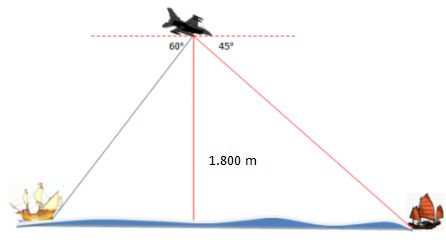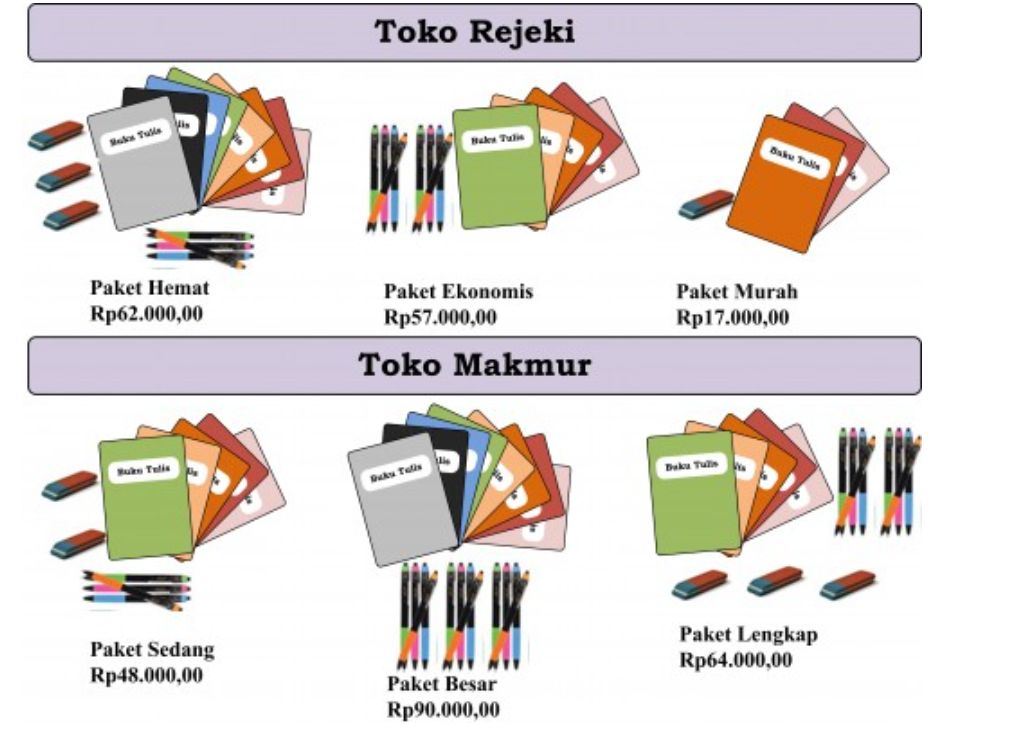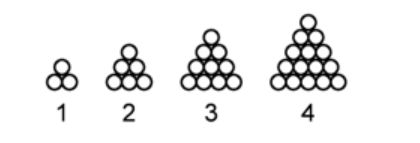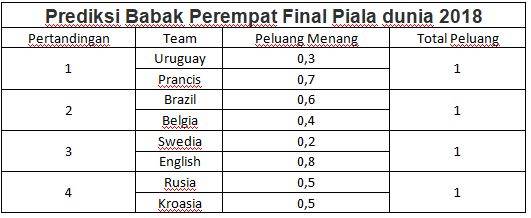Jakarta -
Kementerian Pendidikan, Kebudayaan, Riset, dan
Teknologi (Kemendikbudristek) memutuskan akan menggelar asesmen
nasional jelang akhir tahun 2021. Asesmen nasional ini merupakan
pengganti ujian nasional (UN) yang dinilai diskriminatif. Untuk
memudahkan Kemendikbudristek memberikan contoh soal Asesmen Nasional
yang bisa diakses gratis.
Kepala Badan Penelitian dan
Pengembangan dan Perbukuan Kemendikbudristek Anindito Aditomo
mengatakan Asesmen Nasional merupakan bagian penting dari prinsip
mempromosikan tumbuh kembang dan kondisi psikososial peserta didik
dan strategi besar untuk memperbaiki kualitas pembelajaran.
Baca
juga:
Soal Cerita Matematika Kelas 2 SD dengan Jawaban dan
Pembahasan, Coba Yuk!
Asesmen punya tujuan utama untuk
mendorong perbaikan kualitas pembelajaran di jenjang dasar dan
menengah. "Dorongan perbaikan ini dicapai dengan cara
mengembalikan hasil Asesmen Nasional kepada satuan pendidikan dan
pemda, supaya mereka bisa pakai sebagai bahan evaluasi diri dan bahan
perencanaan ke depannya, yang berbasis data yang objektif,"
ujarnya
Tiga instrumen utama Asesmen Nasional yaitu
Asesmen Kompetensi Minimum (AKM), Survei Karakter, dan Survei
Lingkungan Belajar. Asesmen Kompetensi Minimum adalah instrumen
Asesmen Nasional yang mengukur literasi membaca dan literasi
matematika atau numerasi murid.
Berikut adalah contoh soal
Asesmen Nasional numerasi untuk kelas 10 seperti yang dikutip dari
laman Kemendikbudristek:
Geometri
1. Badan
Geologi, Kementerian ESDM dan Mitigasi Bencana Geologi Sumatra Utara
sedang mengamati ketinggian letusan awan panas gunung Sinabung pada
hari tersebut. Puncak gunung terlihat pada sudut elevasi 30°
sedangkan puncak letusan awan panas terlihat pada sudut elevasi
60°.

Diketahui tinggi gunung Sinabung adalah 2.460
meter dan terjadi kesalahan dalam mengukur sudut elevasi. Besar sudut
elevasi untuk melihat tinggi erupsi seharusnya adalah 50o. Akibat
kesalahan ini, maka tinggi erupsi gunung sebenarnya lebih tinggi atau
rendahkah bila dibandingkan dengan tinggi erupsi yang didapatkan dari
sudut elevasi semula? Beri alasannya!
Jawaban:
30
derajat dengan tinggi 2460 meter, yang seharusnya adalah 50 derajat.
Besar sudut sebanding dengan tinggi dengan aturan trigonometri --- x
= t / sin y dengan x jarak pengamat dengan kaki gunung.
2.
Sebuah pesawat tempur melihat dua buah kapal layar di bawahnya. Pada
layar pemantau yang dilihat copilot, pesawat tempur tersebut
menunjukkan posisi kedua kapal layar dengan sudut depresi yang
berbeda seperti terlihat pada gambar. Jika copilot melihat kedua
kapal layar dengan posisi pesawat yang tegak lurus permukaan air laut
dengan ketinggian 1.800 meter, maka jarak kedua kapal tersebut
adalah

A. 2.400 meter
B.
(1.800 + 600 √2) meter
C. (1.800 + 600 √3) meter
D.
3.600 meter
E. (1.800 + 1.800 √3) meter
Jawaban
C
Aljabar
3. Bu Siti mendapat tugas dari
sekolah untuk menyiapkan paket hadiah untuk siswanya yang berprestasi
di sekolahnya. Bu Siti ingin membeli alat-alat tulis sebagai
hadiahnya. Alat-alat tulis yang ingin dibeli berupa buku tulis,
bolpoin, dan penghapus. Pada setiap pembelian alat tulis, pembeli
dikenakan pajak sebesar 10%. Berkaitan dengan tugas tersebut, bu Siti
melihat beberapa paket alat tulis yang dijual di toko Rejeki dan toko
Makmur seperti pada gambar berikut.

Bu Siti ingin membuat 5 paket hadiah
dengan tiap paket hadiah berisi paling sedikit dua macam alat tulis.
Kelima paket yang akan dibuat, isinya tidak harus sama. Jika bu Siti
memiliki dana sebesar Rp125.000,00 dan menginginkan setiap paket
hadiah harus ada penghapus dan bolpoin, maka paket yang dapat dibeli
adalah ....
1 paket Sedang + 1 paket Hemat (1)
1
paket Ekonomi + 1 paket Sedang (2)
1 paket Hemat + 3 paket
Murah (3)
1 paket Ekonomi + 5 paket Murah (4)
1
paket lengkap + 2 paket murah (5)
Jawaban: 1,2,3, dan
5
4. Anita, seorang seniman muda dari Sumatra berencana
membuat pameran tunggal untuk menunjukkan rancangan karyanya yang
disusun dari tumpukan bola-bola tanah. Bola-bola tersebut dibuat dari
campuran tanah liat dan recycle sampah yang dapat didaur ulang.
Polanya seperti gambar berikut.

Untuk memenuhi ruangan yang disediakan, Anita akan
membuat 10 susunan bola tersebut. Berapakah banyak bola tanah yang
harus disediakan? (Asumsi ada penambahan 10% bola tanah untuk
persediaan/penggantian bola tanah yang rusak selama masa pameran
disetiap susunan bola)
A. 285 bola tanah.
B.
300 bola tanah.
C. 314 bola tanah.
D. 320 bola
tanah.
E. 350 bola tanah.
Jawaban: C
5.
Sistem penyelenggaraan telekomunikasi di Indonesia terbagi menjadi
jaringan tetap (kabel dan nirkabel) dan jaringan bergerak (selular).
Dalam perkembangannya, telah terjadi pergeseran pada sektor
telekomunikasi di Indonesia. Awalnya masyarakat Indonesia menggunakan
jaringan telekomunikasi yang berbasis pada kabel. Namun mobilitas
yang tinggi serta kebutuhan akan akses informasi yang cepat dan
akurat telah menggeser pilihan moda telekomunikasi yang digunakan
masyarakat Indonesia.

Dari
tahun 2000 sampai 2007, banyak pengguna telepon seluler f(x) (dalam
juta) dapat dimodelkan oleh persamaan f(x) = 1,3x2 + 1,6x + 3,7
dengan x = 0 merepresentasikan tahun 2000. Grafik berikut menunjukkan
pertumbuhan pengguna telepon seluler, nirkabel dan kabel di Indonesia
(dalam pembulatan puluhan juta terdekat).
A. 60.100.000
pengguna
B. 57.100.000 pengguna
C. 49.100.000
pengguna
D. 45.200.000 pengguna
E. 44.200.000
pengguna
Jawaban: E
Data dan Ketidakpastian
6.
EMAS = INVESTASI YANG MENGUNTUNGKAN?
Investasi adalah
penanaman modal untuk satu atau lebih aktiva yang dimiliki dan
biasanya berjangka waktu lama dengan harapan mendapatkan return di
masa yang akan datang. Keputusan penanaman modal tersebut dapat
dilakukan oleh individu atau suatu entitas yang mempunyai kelebihan
dana. Investasi selalu memiliki dua sisi, yaitu return dan
risiko.

Berikut
ini disajikan grafik harga emas ANTAM pada bulan Mei 2019
:
Berdasarkan grafik harga emas di atas, Andi menyatakan
bahwa investasi emas adalah investasi yang menguntungkan.
Apakah
Anda setuju dengan pernyataan Andi?
Serta jelaskan
alasannya!
Jawaban: setuju/ dari grafik emas bulan bisa
dilihat bahwa harga emas cenderung naik.
7. FINAL PIALA
DUNIA DAN PELUANGNYA
Amel sedang mencoba mengaplikasikan
konsep peluang dalam menentukan peluang kemenangan salah satu tim
pada pertandingan sepak bola di Piala Dunia 2018.

Amel mengunduh bagan
pertandingan sepak bola ini yang dimulai dari babak perempat final.
Berikut adalah bagan yang berhasil didapatkan Amel.
Kemudian
Amel menyebarkan survei kepada teman-temannya yang menyukai sepak
bola dan selalu menonton pertandingan sepak bola pada tahun-tahun
sebelumnya. Berikut adalah tabel peluang tim-tim di atas untuk menang
babak perempat final yang berhasil disimpulkan oleh Amel berdasarkan
survei yang dibuatnya. Sedangkan untuk babak selanjutnya,yaitu
semifinal dan final semua tim memiliki peluang menang yang sama yaitu
50%.

Berdasarkan
data pada bagan pertandingan piala dunia dan tabel peluang yang
dikumpulkan Amel, peluang Perancis untuk menjadi juara dunia
adalah
A. 0.125
B. 0.175
C.
0.343
D. 0.95
E. 1
Jawaban: B
Nah
itu tadi adalah contoh soal asesmen nasional numerik yang bisa
detikers pelajari. Semoga dapat membantu ya!
Baca artikel
detikedu, "7 Contoh Soal Asesmen Nasional Numerasi untuk Kelas
10" selengkapnya
https://www.detik.com/edu/detikpedia/d-5679956/7-contoh-soal-asesmen-nasional-numerasi-untuk-kelas-10.
Download
Apps Detikcom Sekarang https://apps.detik.com/detik/











